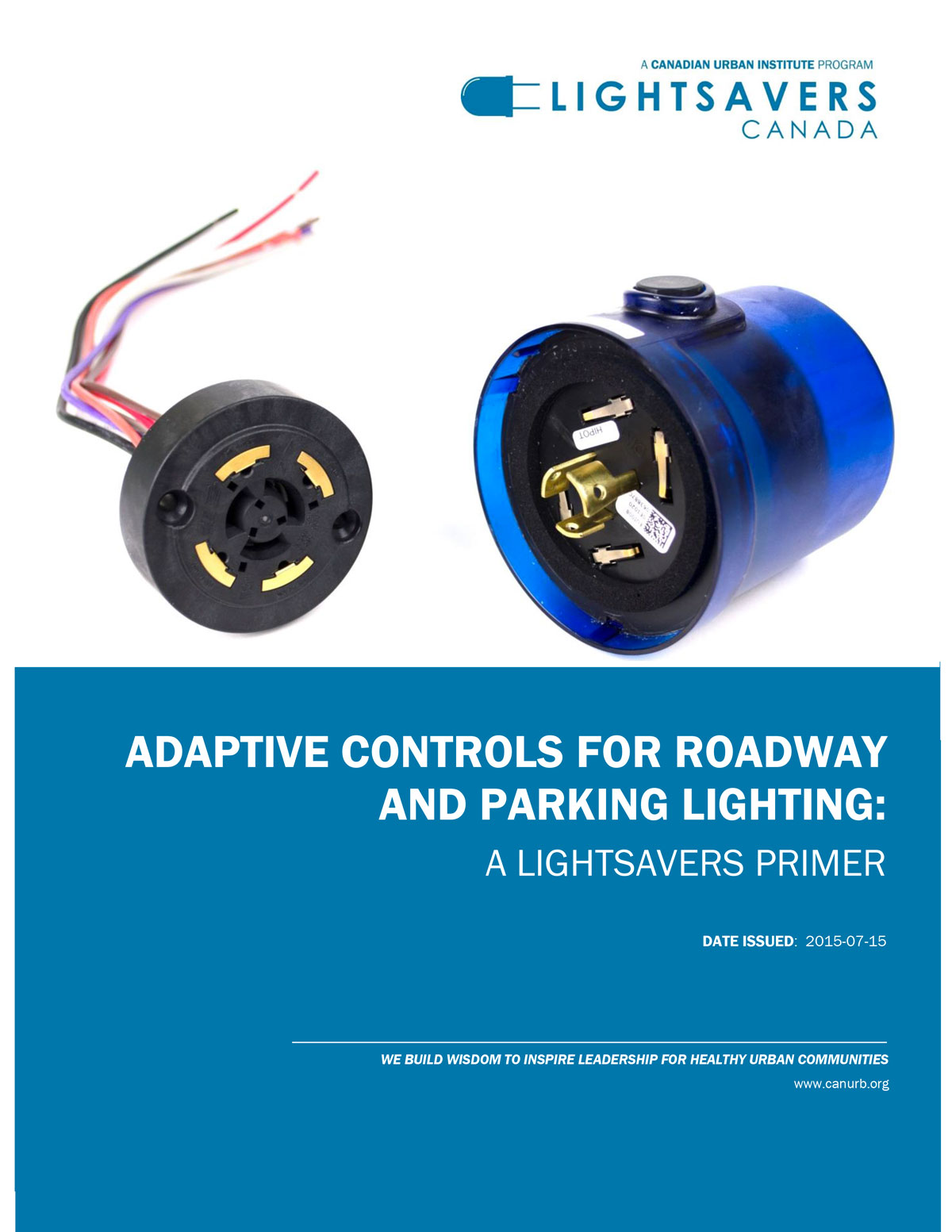Adaptive Controls for Roadway and Parking Lighting
Adaptive controls are used to adjust lighting output, and therefore energy consumption, to suit needs and reduce waste. With 20% annual growth in global adoption of light-emitting diode (LED) lighting, which are well suited to adaptive controls, the transition to adaptive technologies is more accessible now than ever in the continuing search for energy/cost savings and improved safety. As a result, government organizations and lighting asset managers are increasingly including controls or luminaires with control compatibility.
As with any new technology, adoption can be difficult at first, but for adaptive lighting controls, resources are now available for successful and reliable implementation leading to significant energy and cost savings.
The Canadian Urban Institute (CUI) has produced this LightSavers Primer as a tool for street and parking lighting managers who are considering adaptive controls for their lighting systems. This guide includes relevant industry resources, as well as applicable guidelines and standards.
This Primer addresses the value proposition for adaptive controls including the potential for: reduction in energy consumption and greenhouse gas (GHG) emissions; remote monitoring with real time data collection; improved asset management; and improved public safety. The Primer outlines current challenges relating to control procurement and installation, and discusses possible solutions. It also describes the lighting requirements, control triggers, methods of control and methods of light reduction that asset managers should consider when procuring adaptive control systems.
LightSavers Canada is a market transformation initiative established in 2008 to accelerate the adoption and deployment of LED lighting and adaptive control technologies across Canada. This primer is made possible by a financial contribution from Natural Resources Canada (NRCan).

Details
Type:
Toolkit / Guide
